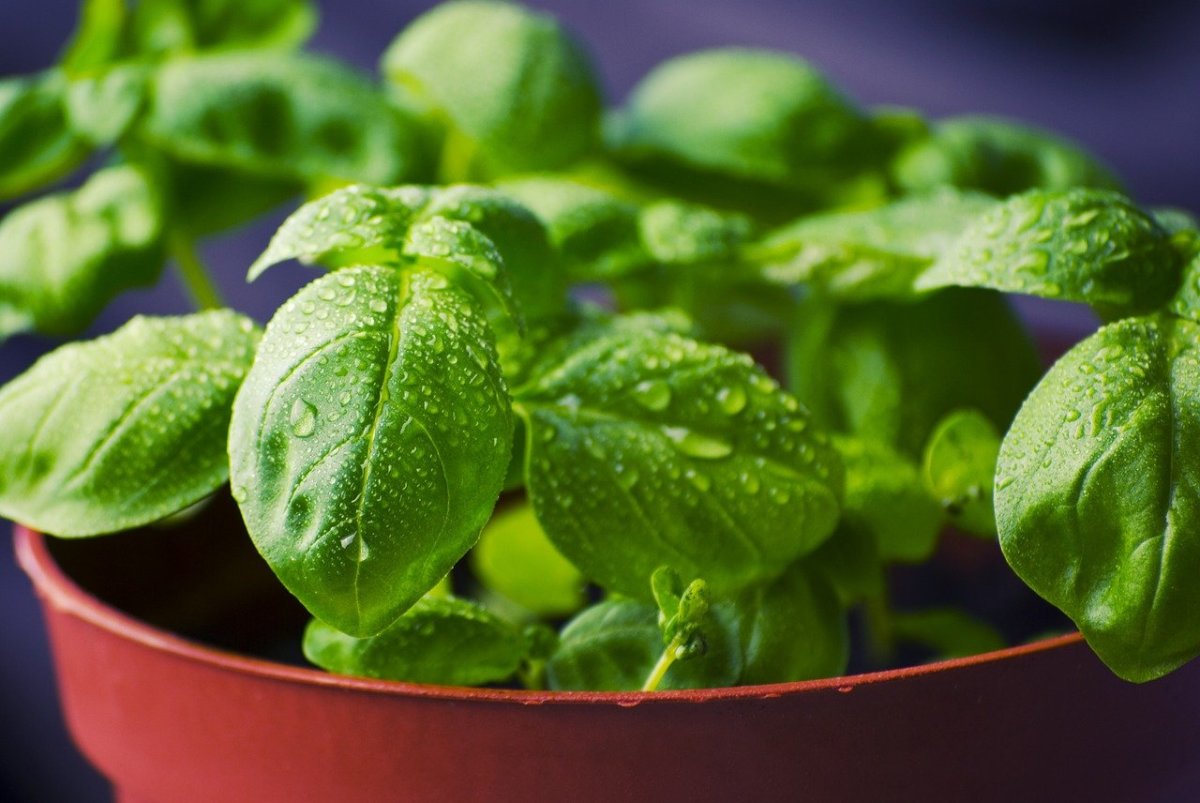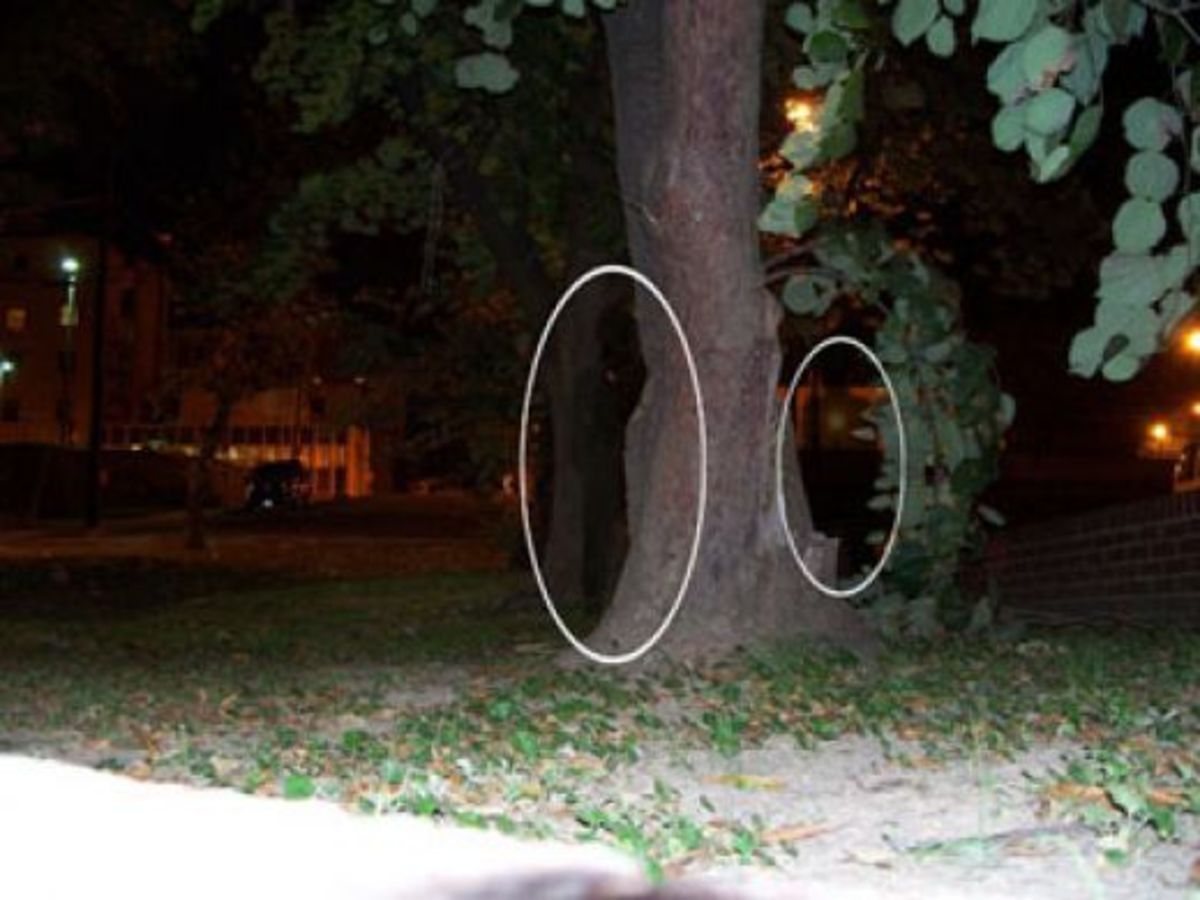Growing Salvia
Whether you want to grow salvia for your own personal use or for aesthetic purposes, you will more than likely have to either know someone who is already cultivating the plant or have access to a nursery that stocks it. In some parts of the world, particularly northern Mexico and the southwestern United States, salvia divinorum grows wild, but it is often not in abundance. Salvia is best started by propagation from cuttings of existing plants.
Salvia cuttings taken from live plants should be between two and eight inches long. These cuttings should be cut just below the node of the plant, and can be placed in tap water for two to three weeks. Following this period, the plants will grow through vegetative reproduction if planted in containers or beds with adequate drainage.
Roots should be visible within the first couple of weeks. Salvia is a flowering plant, and blooms typically occur in late October and early November, in most places. In order for salvia to bloom, there must be less than 12 hours of daylight in the day. Light pollution can interfere with blooms in some locations, and in urban areas, it is recommended to place a shade cloth over the plants during this part of the growing season.
There are two strains of salvia divinorum that are the most commonly cultivated. The first documented strain of salvia was discovered in 1962 by ecologist Sterling Burnell. In 1991, a second strain of salvia was documented by anthropologist Bert Blosser in Huautia de Jimenez. There have been lesser-known strains of the plant seen in some other parts of the world, but these varieties are also less commonly cultivated.
Growing salvia for either personal consumption or for the garden is legal in most parts of the world. However, the sale and use of salvia for its psychoactive properties is restricted in some countries, as well as in some parts of the United States. Salvia divinorum is native to Oaxaca, Mexico, and the plant craves black soil that is commonly found in creek beds where there is lots of shade. Growing salvia typically requires only minimal amounts of sunlight each day and an environment that is high in humidity.
Salvia plans can grow up to three feet tall. Salvia leaves are ovate, and grow in clusters. There is no hairy surface on either side of the leaves, but the underside of some leaves is often slightly yellow in color. The flowers of salvia divinorum are white and purple, growing in upward spikes that often contain several blooms on one stalk.
- Salvia Extract
Salvia extract is the most common form sold and consumed by those who use the plant as a drug. The extract is derived from the plants oils, which are found in the leaves. The practice of using salvia... - How to Smoke Salvia
Salvia is a substance that should always be consumed with caution, and with proper supervision. While the effects of salvia are short-term, the hallucinogenic properties are intense, and can severely interfere...





